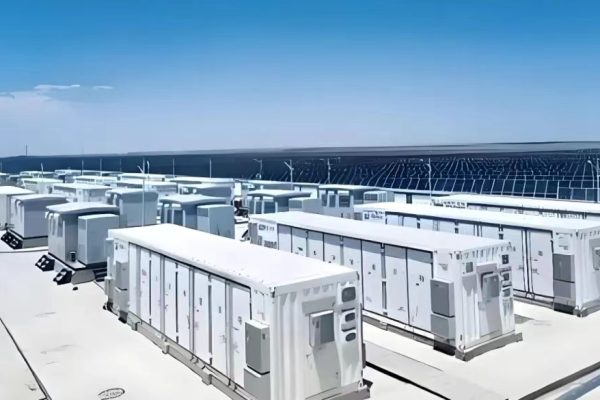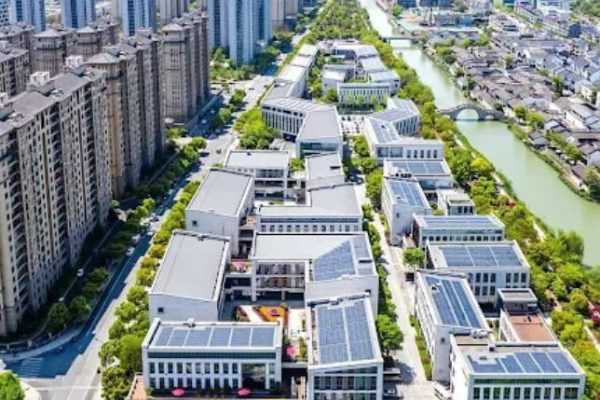Why ROI Drives ESS Decisions
In the international trade of energy storage systems (ESS), buyers are not only comparing technical specifications—they are evaluating financial returns. For distributors, project developers, and end-users, the Return on Investment (ROI) is one of the most persuasive sales arguments. A supplier who can explain ROI clearly gains a strong advantage in global negotiations.
1. What ROI Means in ESS Exports
- Basic Definition: ROI measures how quickly the buyer recovers investment costs and begins generating profit.
- Formula: ROI (%) = (Net Savings or Profit ÷ Investment Cost) × 100.
- Application in ESS: ROI reflects savings from reduced electricity bills, demand charge management, or revenue from energy trading.
Exporter Tip: Position ROI as the bridge between technology and finance.
2. Why ROI Matters to International Buyers
- Risk Reduction: ROI analysis helps buyers feel confident in long-term financial commitments.
- Project Financing: Investors and banks require ROI models before approving loans.
- Competitive Benchmarking: Buyers compare ROI across multiple supplier offers.
- Sustainability Goals: ROI links environmental benefits with financial payback.
Exporter Tip: When you show ROI clearly, you appeal to both engineers and CFOs.
3. Key ROI Drivers in Energy Storage Systems
- Cycle Life: Longer lifespan = fewer replacements.
- Efficiency: Higher round-trip efficiency = more usable energy.
- Warranty: Extended coverage reduces financial risk.
- Integration with Renewables: Maximizes savings when paired with solar or wind.
- Regional Tariff Structures: Demand charge reduction, peak shaving, and feed-in tariffs affect ROI.
Exporter Tip: Always connect technical features directly to financial outcomes.
4. How Exporters Can Present ROI
- Payback Period Charts: Show years until breakeven point.
- Cash Flow Tables: Demonstrate annual savings or revenue.
- Scenario Analysis: Compare residential, commercial, and industrial applications.
- Case Studies: Share real-world examples with documented ROI results.
Exporter Tip: ROI presentations should be visual, simple, and adaptable to buyer needs.
5. Regional ROI Expectations
- Europe: Buyers focus on lifecycle ROI and regulatory incentives.
- North America: Payback periods under 7–10 years are attractive.
- Middle East: ROI must factor in extreme climate durability.
- Asia-Pacific: Price-sensitive markets where short payback is critical.
Exporter Tip: Tailor ROI arguments to regional energy economics.
6. Common Mistakes in ROI Communication
- Overpromising Returns: Unrealistic ROI claims damage credibility.
- Too Technical: Overloading financial teams with engineering details.
- One-Size-Fits-All: Using the same ROI model across all markets.
Exporter Tip: Transparency and customization are key—prove ROI with evidence.
ROI as the Ultimate Sales Argument
In ESS exports, ROI is often the deciding factor. Buyers want assurance that their investment will generate measurable returns, not just technical performance. Exporters who can explain ROI in clear, evidence-backed terms gain an edge in negotiations and build stronger, trust-based relationships. By making ROI a central part of the sales conversation, suppliers position themselves as not only product providers but also long-term partners in profitability.









